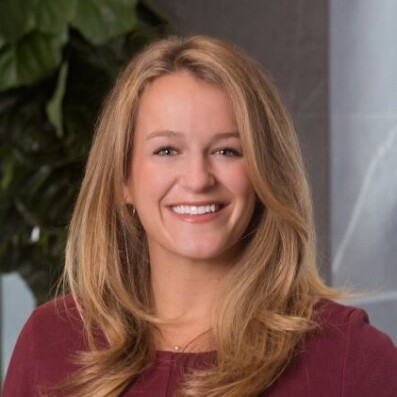CAPABILITIES
People Solutions
HORNE People Solutions partners with businesses navigating today’s evolving workplace dynamics. Our team of experts specializes in strategic talent acquisition for peak performance, leadership development, HR solutions, compliance support, and more – empowering organizations to thrive in a rapidly changing world.
Move Past Uncertainty
Let HORNE provide the people solutions to help your business move past the uncertainty of change and capture the opportunities.
High-Performance Hiring
The best way to predict future job performance and reduce turnover is by using High-Performance Hiring. Our approach combines the power of Motivation-Based Interviewing with coaching and data analytics to transform your hiring practices and achieve better results.
Leadership Essentials
A top need for businesses around the world is developing leaders faster. We operate under the premise that leadership is for the many, not the few, and leadership development should be interesting, relevant, participatory, dialogue-driven and research-based.
Leadership Coaching
Coaching is partnering with team members in a thought-provoking and creative process that inspires them to maximize their potential. This process focuses on professional and personal development, growth and skill-building.
Employee Lifecycle Assessment
Our assessment provides relevant benchmarks from thriving organizations and gives you objective insights into how your company compares, including recommendations on where to focus first to accelerate the growth of your people and your business.
TeamVantage
The TeamVantage platform accelerates the growth of your leaders. We work with you to create profiles and a skills inventory dashboard showing your strengths and gaps and will help you develop specific strategies for growing individual, team and organizational capabilities.
HR & Compliance Platform
Our HR Platform provides the tools, resources and proactive notifications to keep you ahead of the compliance curve. Whether you need guidance on a challenging workplace situation or help deciphering some complex legalese, get trusted guidance from a certified HR expert who will answer your questions in terms you can actually understand.
U.S. employers spend $2.9M per day looking for replacement workers. That’s $1.1B per year. This impacts your ability to grow, scale and become more profitable.
Today’s workforce spans multiple generations, backgrounds, and expectations, making it essential for businesses to take a strategic approach to attracting, onboarding, and developing their people. This evolving business climate presents a challenging talent landscape.
Hiring the right talent is just the beginning. Long-term success comes from a strong onboarding process, ongoing coaching, and leadership development—ensuring employees feel supported, grow within the organization, and contribute to a thriving workplace culture. More than just perks, a great culture is built on clear leadership, meaningful career growth, and a sense of belonging.
At HORNE, we help businesses and individuals navigate these workforce challenges with confidence. Through strategic planning, leadership development, and HR solutions, we empower organizations to build cohesive, engaged teams while supporting the growth and success of each employee.
No matter the size of your company—20 employees or 2,000—your culture is the foundation of your success. When you invest in your people and foster a strong workplace culture, you drive productivity, innovation, and long-term business success.

















